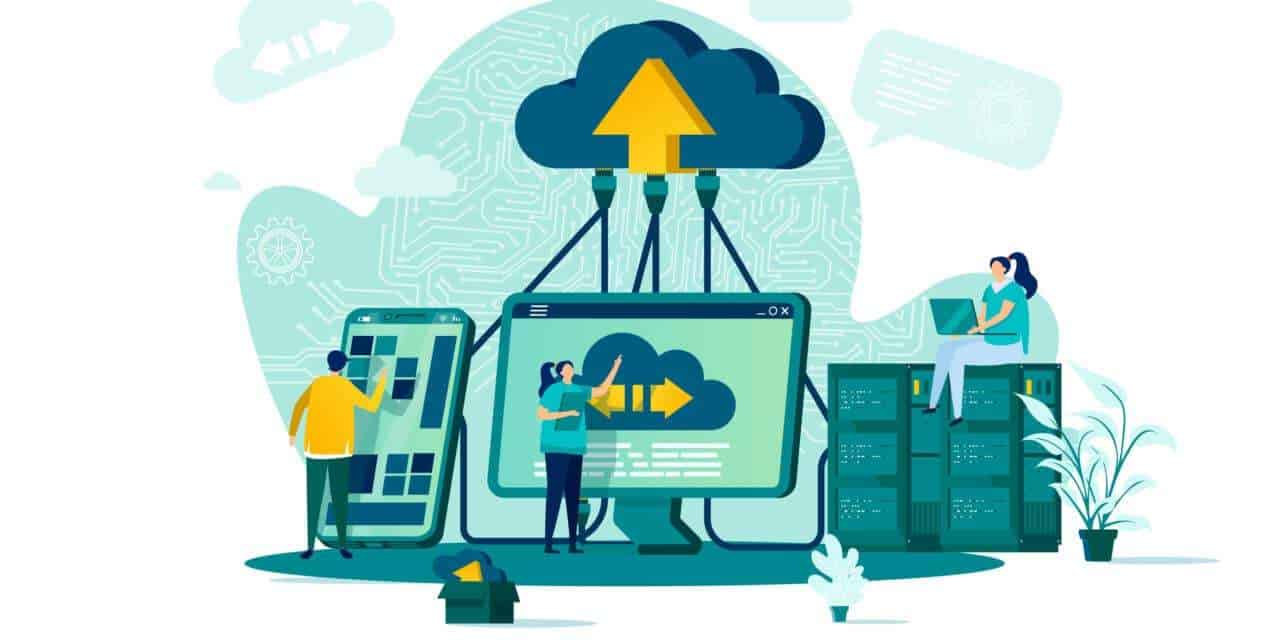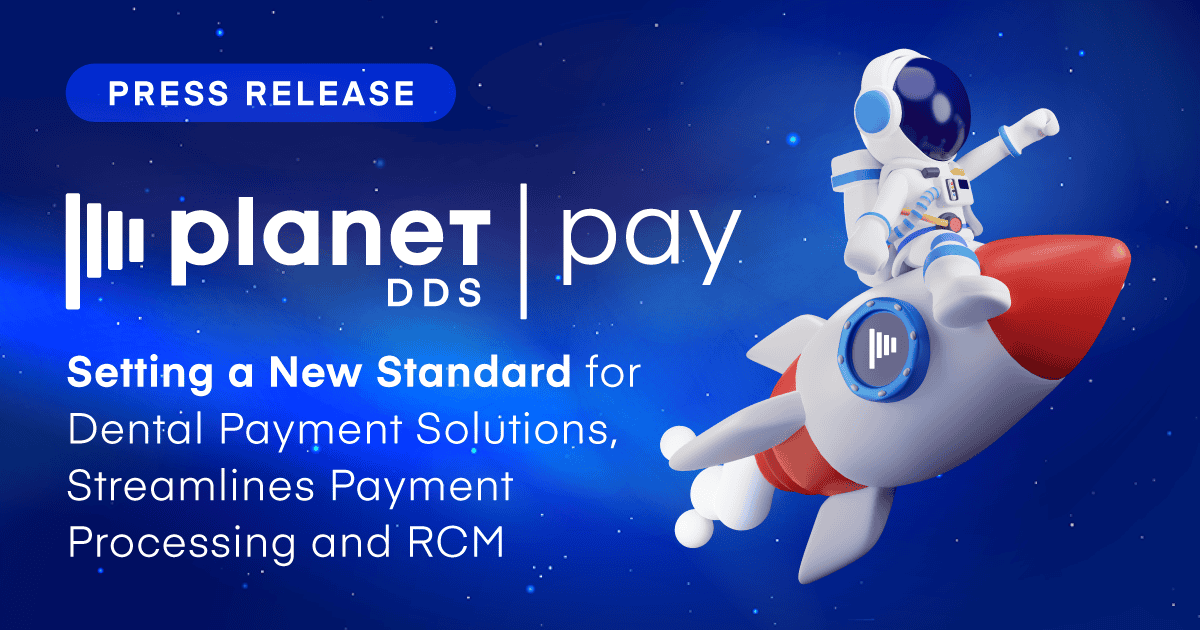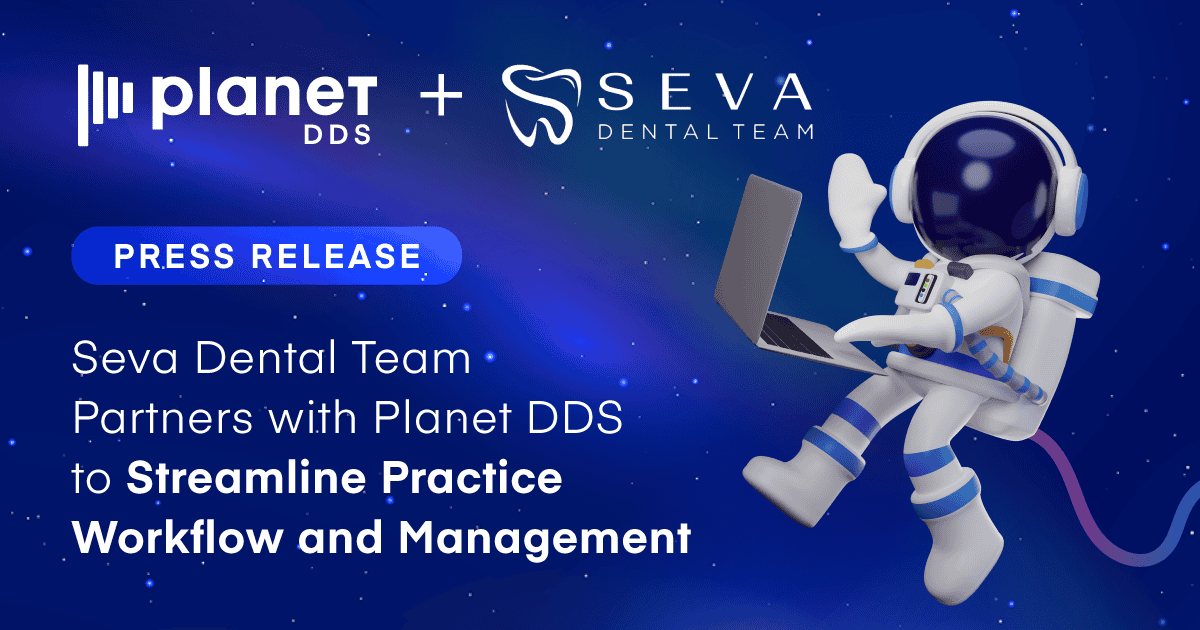The Mystery of Cloud-Based Platforms Dispelled by Orthodontists
Cloud-based practice management technology can seem like a mystery, but orthodontic practices that have made the switch have found it surprisingly easy.

Cloud-based practice management technology can seem like a mystery, but orthodontic practices that have made the switch have found it surprisingly easy. Like adopting any new technology, it may seem intimidating or overwhelming, but in reality, using cloud-based technology is already something most people are familiar with. It simply means that the practice’s data, and the software itself, is managed offsite and accessed via the Internet. It does not require that you download any software to your computer so it does not eat up computer resources with programs running. The information is accessible from your browser.
“When I am accessing my data, it’s just like typing something into Google,” says Allison Parks Hale, chief operations officer at Parks Orthodontics, York Town, Va. “It’s like signing into Amazon to make a purchase. The framework of the software and the data is all housed ‘in the cloud,’ which is really just large data centers that are somewhere else in the country. Your data is not in-house, but you can access it and the software via the web.”
The functionality of the software is key to keeping the office running smoothly, and some orthodontists may be surprised at how robust cloud-based technology can be. The must-have capabilities are excellent patient records, a solid imaging system, integrated scheduling, reliable communications, and intuitive financial and insurance billing—all of which cloud-based software tends to offer.
If it seems like cloud-based software is complicated to maintain or requires lots of IT expertise, it’s actually the opposite. There is no need for a room full of servers that take up space in the office and require maintenance. Even more good news is that the software automatically backs itself up, so gone are the days of downtime while backing up servers. Practices can save on hardware costs because there is no need to replace expensive servers when they get outdated after 5 or 10 years.
“Practices save on hardware by avoiding costly servers and pricey dedicated internet connections,” says Hale. “This software runs with a simple DSL connection, so that makes it easy and reliable. IT costs are diminished because you don’t really need to have your IT guy if you’ve got limited servers and a lack of complicated networks.”
Even so, for those who are ready to ditch the server and backups, they may be worried that data might become lost, corrupted, or degraded while converting to a new system, but companies that make cloud-based software are getting better at migrating seamlessly.
Having your data cloud-based takes some of that [cybersecurity] concern away because your data is not stored in your office
– D. Douglas Depew, DMD, MS
Another concern that always gives practice managers pause is the matter of cybersecurity. The safety and security of data, especially private patient data which must be protected by law and meet compliance standards, is the number one advantage of cloud-based practice management software.
“Having your data cloud-based takes some of that [cybersecurity] concern away because your data is not stored in your office,” says D. Douglas Depew, DMD, MS, a private practice orthodontist with three locations in Atlanta. “Cloud 9 [the software he uses] scrubs for viruses and they have firewalls. And in our offices, we don’t have to back up anymore. It’s done for us. They have built-in redundancies, duplicate servers, and I feel we are much better protected when we have our data stored somewhere else, rather than in our office.
Understandably, orthodontists may be reluctant about Internet outages affecting cloud-based services. While losing your internet connection is becoming rarer by the day, it is possible that it could happen. Practices that would rather not rely 100% on the Internet provided by services can purchase a broadband wireless hotspot just in case the Internet goes down. Or, they can run DSL and Cable internet using a dual-WAN router, and if one goes down the other one will pick up immediately. While most offices will never need this, some practices like the peace of mind to have a backup connection.
Depew says, “Some of the companies are working on a way to at least have today’s schedule available at the click of a button in case of Internet failure. Fortunately, most of us have pretty stable Internet these days. I had bigger issues with the server down the hall than I’ve ever had with cloud-based servers.”
Beyond the obvious advantages of cloud-based software, there are unexpected benefits that users have realized. Because the software runs on any browser no matter the operating system, orthodontists have 24/7 instant access to their data. This allows the flexibility to run multiple locations and to work from home during emergencies, such as during the COVID-19 pandemic.
Amy E. James, DMD, MS, who runs her own practices in Haddonfield, N.J., and in Center City of Philadelphia, appreciates the work-life balance she has gained since going to the cloud.
She says, “I can do a lot of my chart work, my data input, looking at films, and sharing images from anywhere now that it is cloud-based—and I travel a lot so it’s highly convenient because I can access it on the plane and in my hotel.”
The ability to add on third-party apps is another feature that opens up a multitude of possibilities depending on how far a practice wants to take its marketing and communications with patients. Scheduling appointments can be automated, as well as appointment reminders and other announcements. For example, some practices have added an app for two-way text messaging to easily send appointment reminders, which adds value for patients. Having Internet-based technology can be a boon to offices looking to present as modern and in touch with consumer needs.
Contrary to what some may think, switching over from server-based practice management software to cloud-based software is relatively painless. An implementation checklist and planned schedule typically keep things on track with minimal disruption to operations.
The learning curve required to navigate the software is not as daunting as some may initially believe. Because most cloud-based software is designed to be intuitive, most users don’t need as rigorous a training process to get going.
By taking their practice to the cloud, orthodontists who have made the transition say they feel peace of mind with the new level of efficiency and security that now come with the workday.
Originally posted on Orthodontic Products online.



